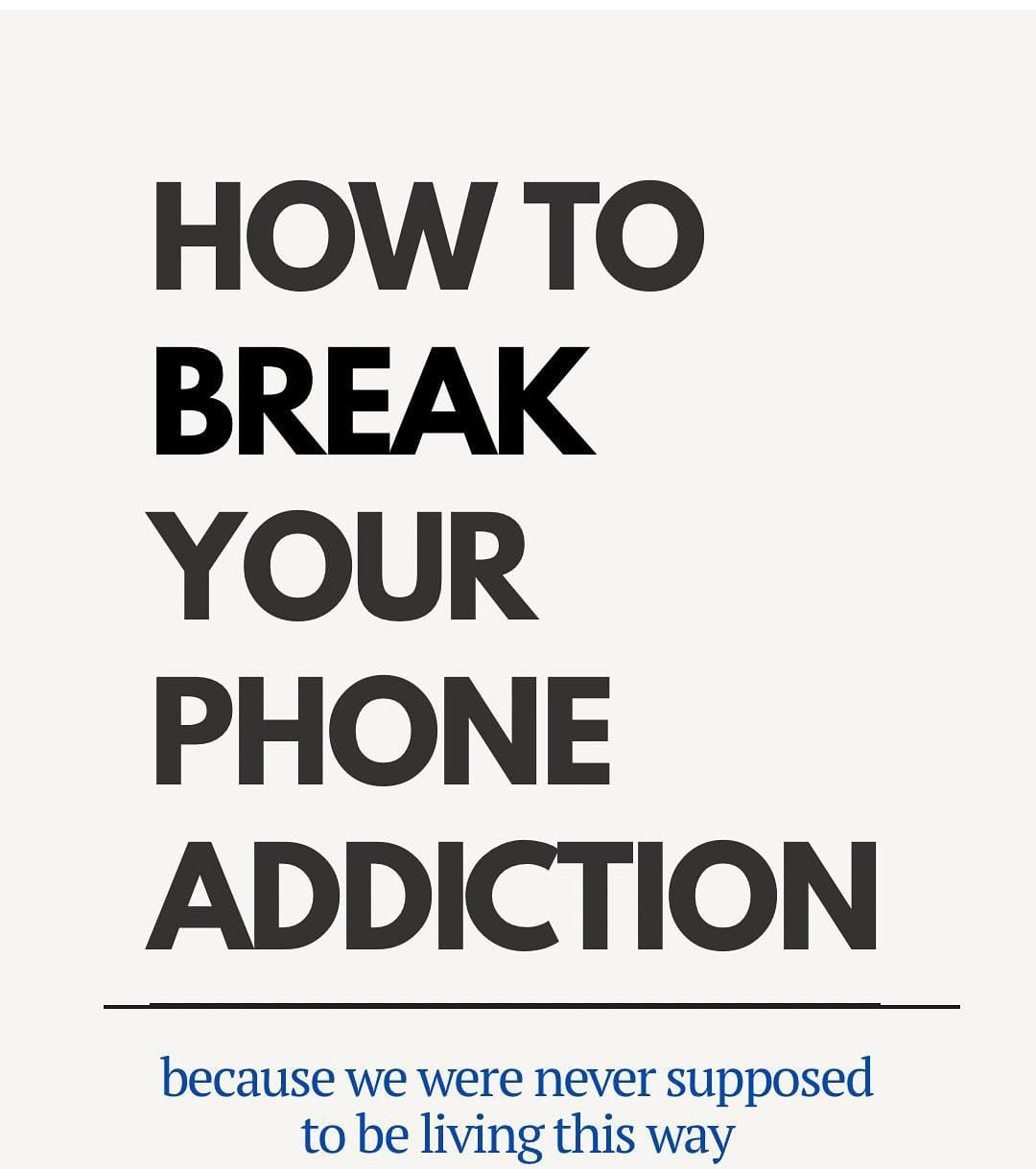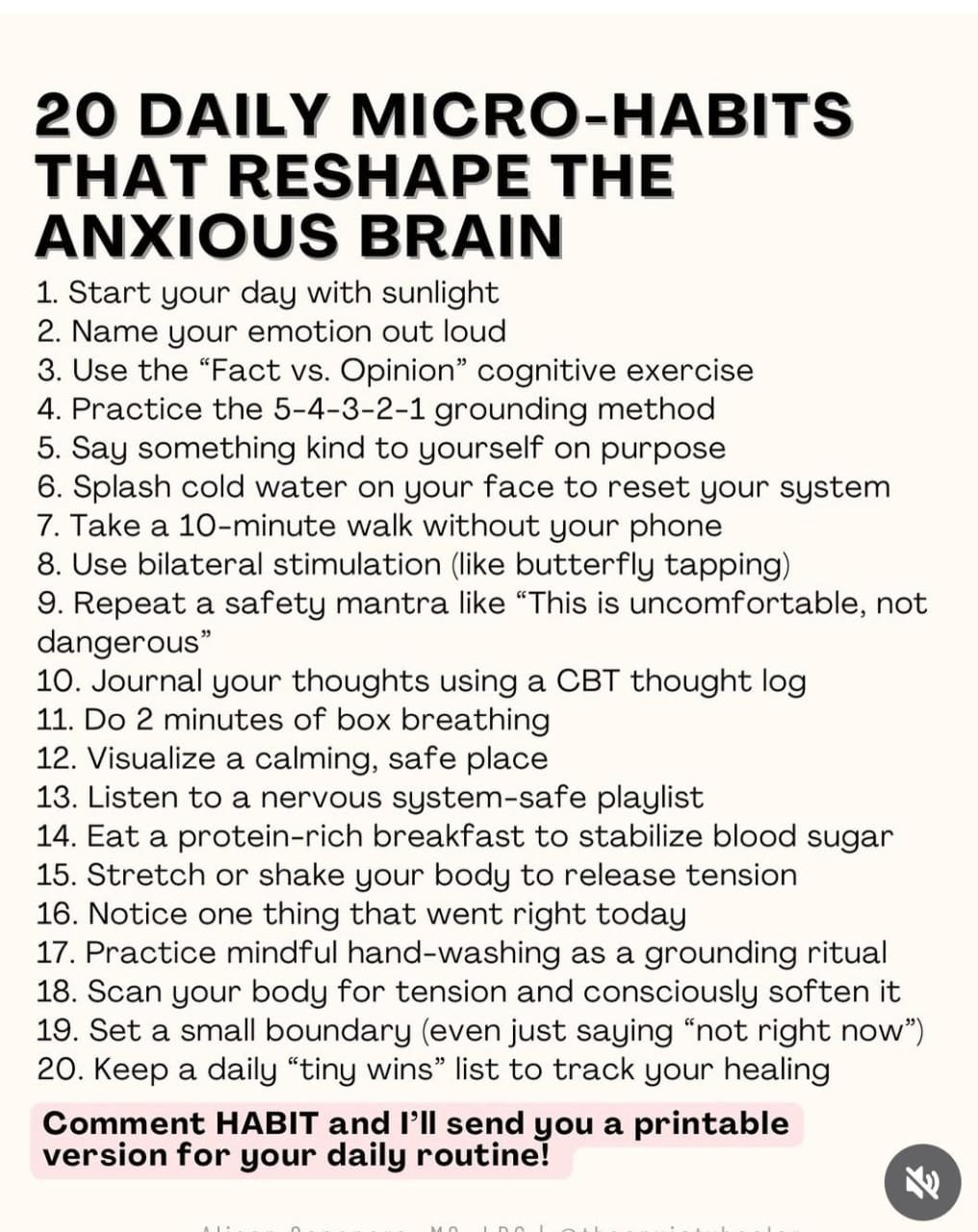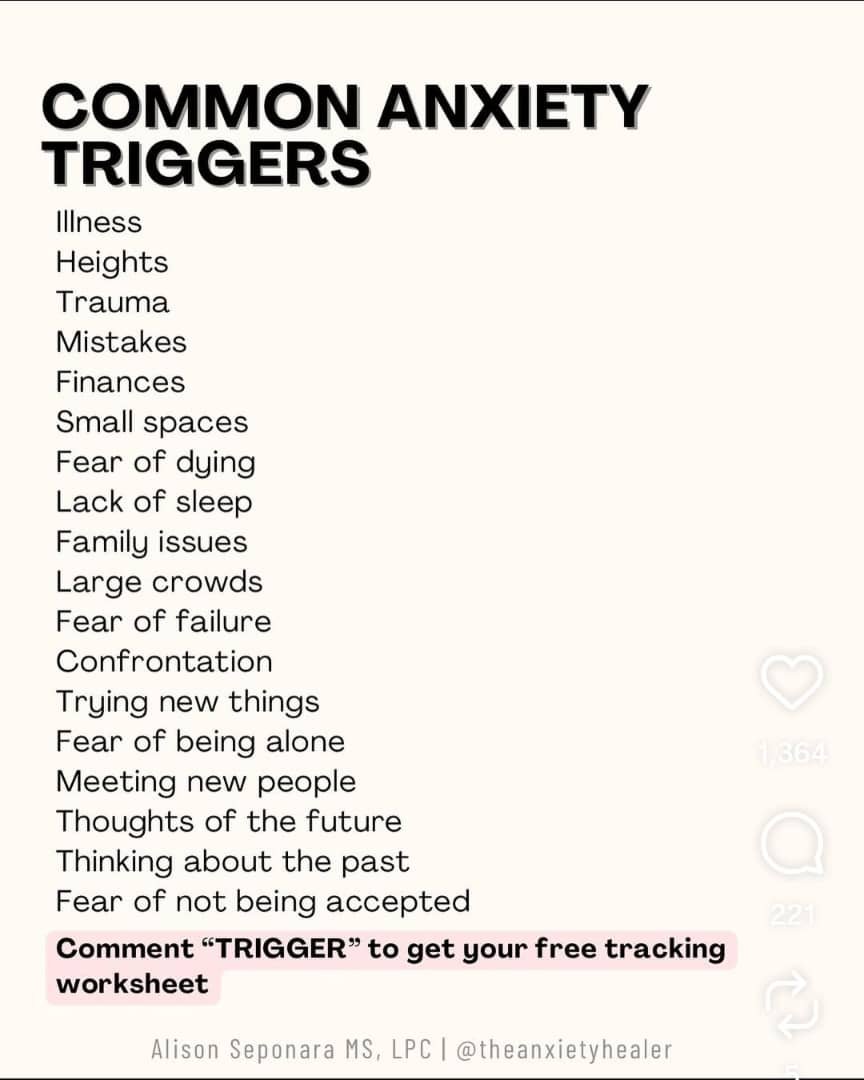How to break your phone addiction
How to break your phone addiction.
Phone addiction is when your brain starts relying on your phone to avoid discomfort. It becomes the fastest way to deal with stress, boredom, or loneliness. The More
It Brings, the more your brain depends on it.
Eventually, it becomes automatic. You reach for it without thinking.
Just when it drains you. Just when it pulls you out of your own life. You still reach for it.
When is it a problem?
* You open your phone mid-task and forget what you were doing
* You scroll when you feel overwhelmed or overstimulated
* You check it before you even get out of bed
* You carry it from room to room, even when you’re not using it
You check it during quiet moments even when nothing’s happening.
* You reach for it during conversations
* You feel answer when it’s not nearby
Why its hard to stop
Your brain is wired to fix discomfort fast. Your Phone Offers Instant Relief Within Seconds. So it becomes the fastest fix.
And the more it works, the more your brain remembers the shortcut:
Bored
Crave Stimulation → Open Phone→ Dopamine
Anxious
Crave Escape → Scroll → Numbness
Lonely
Crave Connection → Check Notifications → Letter Valid
Tired
Crave Rest → Scroll → Quick Hit of Energy
This is the cycle of any addiction relief now. Damage later.
The Damage
To your brain and body
Studies have found that excessive phone use causes real, measurable harm:
It makes your brain slower – even one extra hour can reduce how fast you think.
It shrinks key areas in your brain- that help you
Focus, regular emotions, and stay in control. It Weakens Short-Term Memory – You Forget
More and lose your train of thought • It keeps your brain in “always-on” mode
Harder to rest, harder to relax.
It damages sleep-light, noise, and stimulation all disrupt your natural rhythms.
It causes physical pain-neck strain, tension headaches, and eye fatigue.
The Damage
To your relationships and self
* It Kills Connection – People feel less seen and heard when a phone is visible.
It lowers empathy – your brain becomes less attuned to others when you’re distracted.
. It Fuels Self-Criticism – Constant Comparison increases Anxiety, Shame, and Self-doubt.
C Distors Identity – When your sense of self gets shaped by likes, algorithms, and how others perceive you
It Hurts Relationships – People feel dismissed, less satisfied, and emotionally
Distant.
It triggers anxiety when it’s not near you – A Real Stress Response (Nomophobia).
How to break the cycle
Interrupt the loop
The closer your phone is, the quicker your brain reaches for it. Add some distance, and the urge will start to fade.
When you’re working → Leave it in another room when you’re eating → Put it in a drawer when you’re walking → Leave it at home when you’re with someone → Keep it out of sight when you’re watching TV → Toss it on the couch when you’re bored → Sit with it. Just for a minute.
Small Distances Break Big Habits.
How to break the
cycle
The Three Zones
Your nervous system reacts to where you use your phone- not just what’s on it. These zones are where your body expects calm and safety. Using your phone here takes that away and pulls you deeper into the addiction loop.
The Bed
Your Brain Expects: Rest, Stillness, and Safety. Phones Trigger: Dopamine, Alertness, Blue Light, and Disconnection.
Phones in bed = lighter sleep, timacy, and a brain that forgets how to shut down. This teaches your nervous system to crave stimulation – even where it should unwind.
Your Brain Expects: Presence, Digestion, and
The Table
Connection.
Phones Trigger: Multitasking, Scanning, Anda Low-grade Stress.
phones at the table = slower digestion, less. Presence, and Weaker Connection.
About Time, Even Shared Moments Become Another Place Your Brain Chases Stimulation.
Your Brain Expects: Motion, Unpredictability, and Focus.
The Car
Phones Trigger: Split Attention and Sensory Overload.
Phones in the car = A Nervous System Stuck in overdrive..
Even Passive Moments Become Dopamine Driven – Making Stillness Feel Uncomfortable,
How to break the cycle mornings matter
Right after you wake up, your brain enters theta and alpha states – The ones most open to change. This is when it’s easy to build new habits and reshape old ones.
Think of your brain like wet cement in the mornings. Whatever touches it first leaves a mark.
→ If you scroll first: you train your brain for overstimulation, urgency, and other people’s lives.
→ If you move, breathe, and ground first: you train it for calm, clarity, and regulation.
How to break the cycle
Less access
Your brain isn’t addicted to your phone. It’s addicted to how easy it is.
So make it harder:
Move your most-used apps to the last page switch to grayscale mode (no more
Dopamine Colors) • Use a Screen Time Passcode Someone Else Knows
* Log out of apps daily so you have to retype
Your password
* Delete apps from your phone and use the browser version (slower, clunkier = less
tempting)
* Wear a watch so you stop checking your
Phone “Just for the time”
Leave your charger in another room so your phone isn’t the last and first thing you touch
How to break the cycle
Ride the wave
That urge to check your phone?
It’s not a need. It’s a dopamine surge looking for relief.
Your brain releases dopamine before you even open your phone, not after. That surge peaks fast and fades in about 90 seconds.
If you can pause, you can rewire:
→ Exhale slowly
→ Say: “This is just a wave”
→ Wait 90 seconds before grabbing the phone
Those 90 seconds are where the change happens. You’re not fighting the urge, you’re training your brain to respond differently.
How to break the cycle
Meet Your Needs
Most scrolling isn’t about the phone. It’s your nervous system reaching for what it actually needs.
Overstimulated? You need stillness.
Try: Lying Down, Dim Lighting, Earplugs, Or Covering Your Eyes.
Bored?
You need movement.
Try: Music, Stretching, Walking, Or Changing Your Environment.
Lonely?
You need connection.
Try: A Phone Call, Eye Contact, Physical Touch, or Shared Presence.
Stuck?
You need release.
Try: shaking, humming, dancing, journaling, or cold water on your
Face.
You need rest.
Try: Laying Flat, An Eye Mask, Silence, Or Stepping Outside.
How to break the cycle
The Two Week Reset
You don’t need a total detox. You need 14 Honest Days.
Research found that limiting social media to 30 minutes / day for just 2 weeks improved:
→ Mood
→ Sleep
→ Motivation
→ Focus
→ Life Satisfaction
Try this:
Set A 30-Minute Daily Limit for Social Media
Write down how often you pick up your phone, what time you go to bed, and how you feel each day
* On day 14, compare your mood, energy, and focus to
Day 1
* Keep what helped. Let go or what didn’t.
Phones aren’t going anywhere and no one’s asking you to quit.
We work from them.
We maintain relationships through them. We even build our hobbies and identities around Them.
But these devices were designed to hook your brain. Every swipe, ping, and scroll is engineered to keep you coming back. And most of us don’t even realize it’s working.
This isn’t about removing your phone.
It’s about understanding what it’s doing to your focus, your body, your relationships and making a
Conscious Choice.
We aren’t made to be available all the time.
We’re not built to chase stimulation every second.
We were made to rest.
to focus.
to connect.
To be where we are.
Start small, start today.
I created this guide because phone use has tasks about more than we realize. We open it to check one thing and suddenly we’ve lost hours. We’re overstimulated, disconnected, and constantly distracted and most of us don’t even realize it’s happening. The damage it’s doing to our brains, our focus, and our relationships is real. This isn’t about shame. It’s about understanding what’s going on and learning how to actually change it.
This one also me like a week- it was impossible to include everything but I hope I included enough.



